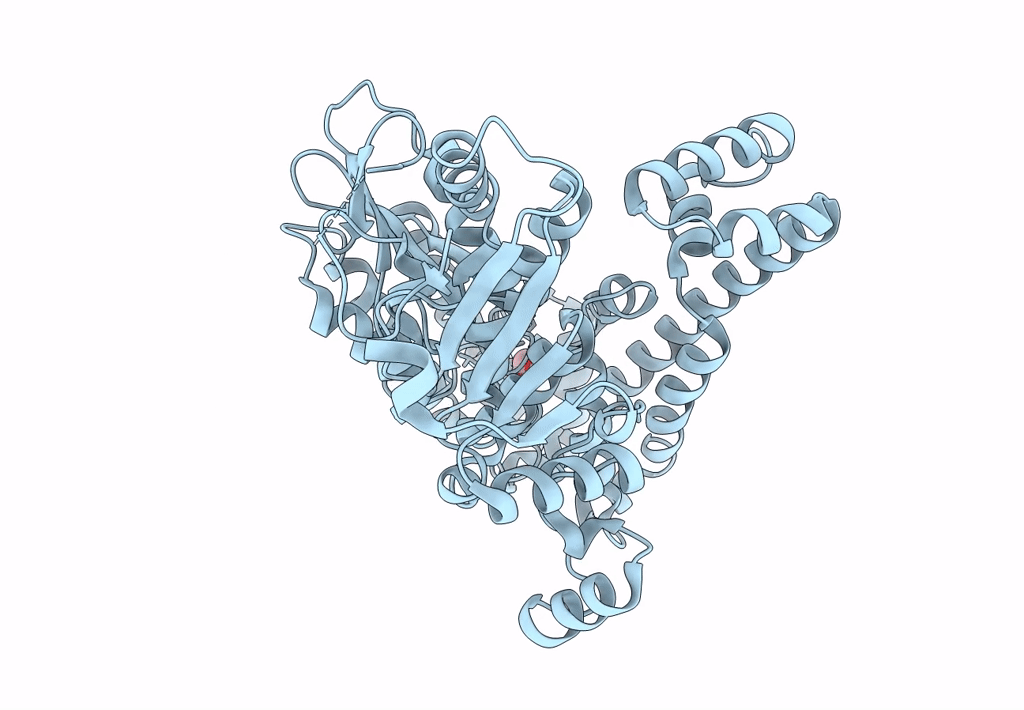
Deposition Date
2022-12-05
Release Date
2023-05-03
Last Version Date
2024-11-20
Entry Detail
PDB ID:
8BVP
Keywords:
Title:
Crystal structure of an N-terminal fragment of the effector protein Lpg2504 (SidI) from Legionella pneumophila
Biological Source:
Source Organism:
Legionella pneumophila (Taxon ID: 446)
Host Organism:
Method Details:
Experimental Method:
Resolution:
2.10 Å
R-Value Free:
0.25
R-Value Work:
0.20
R-Value Observed:
0.20
Space Group:
C 1 2 1


